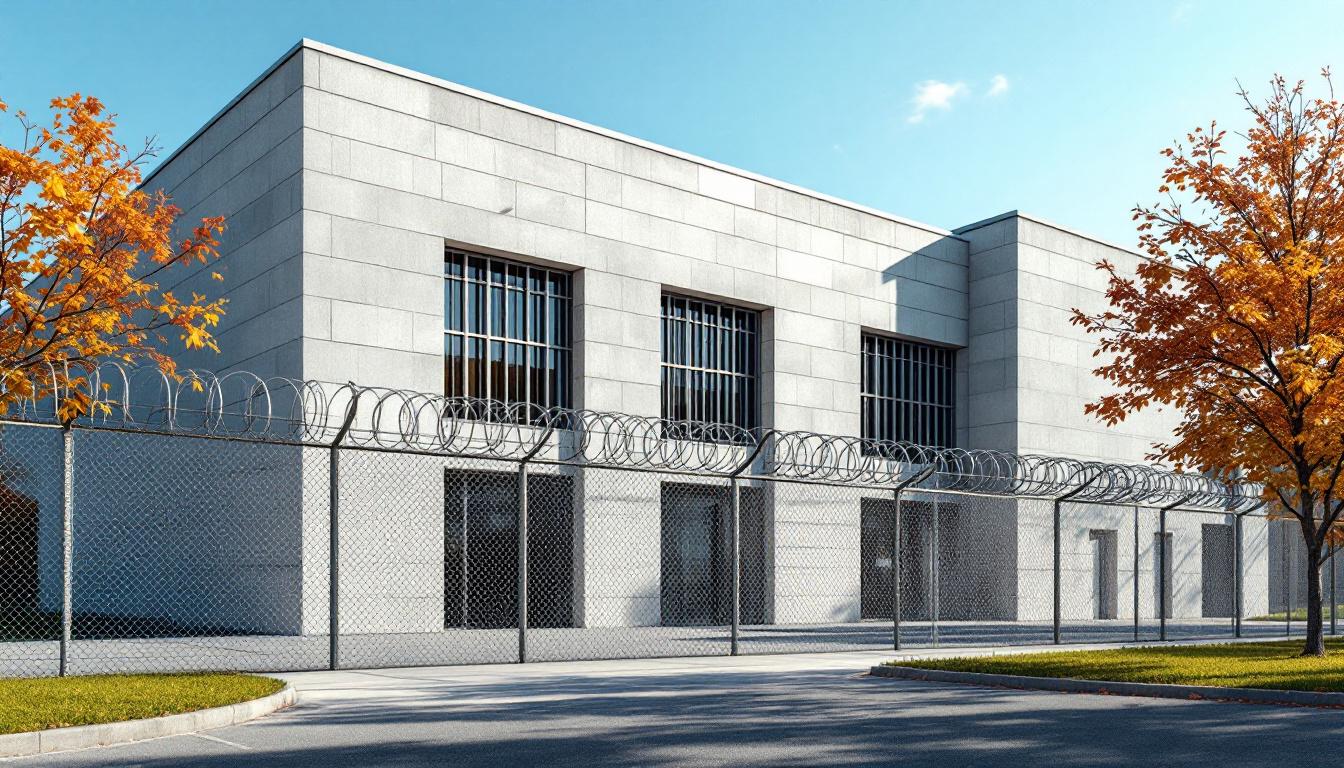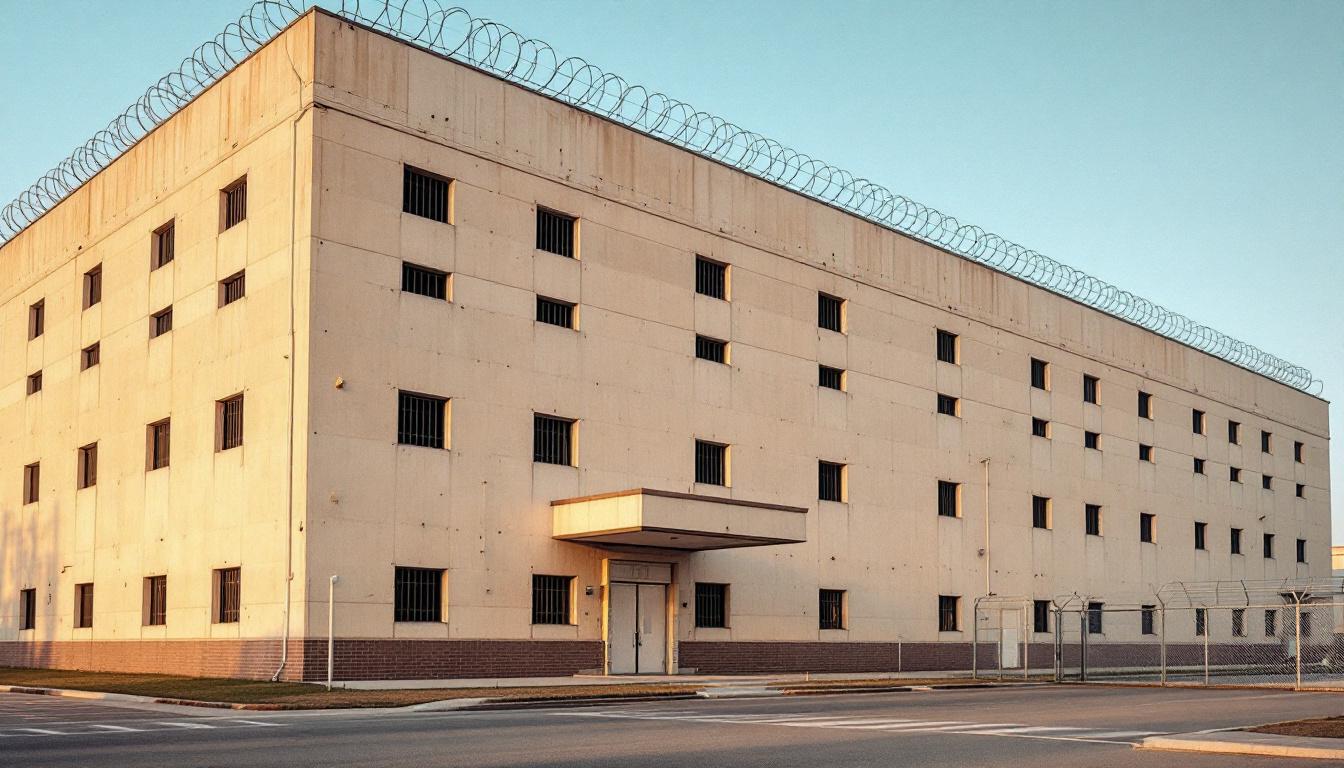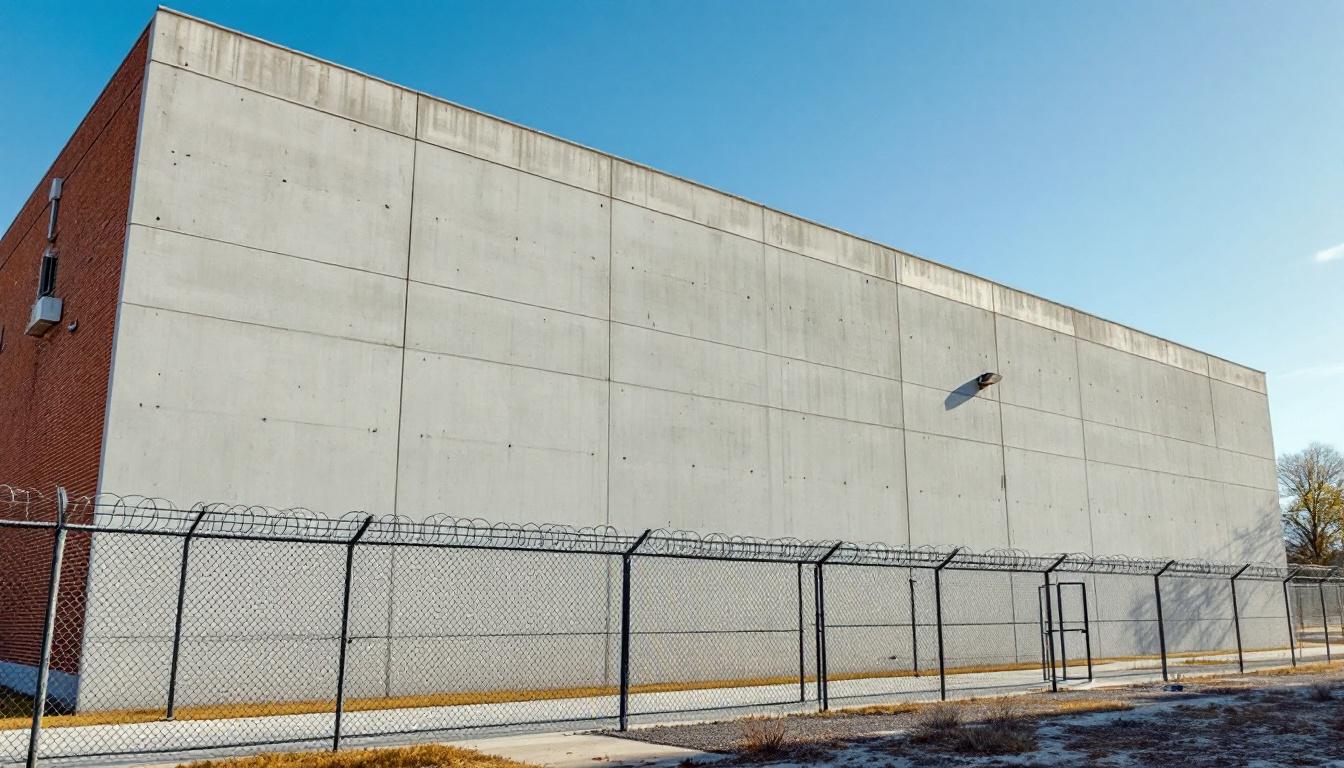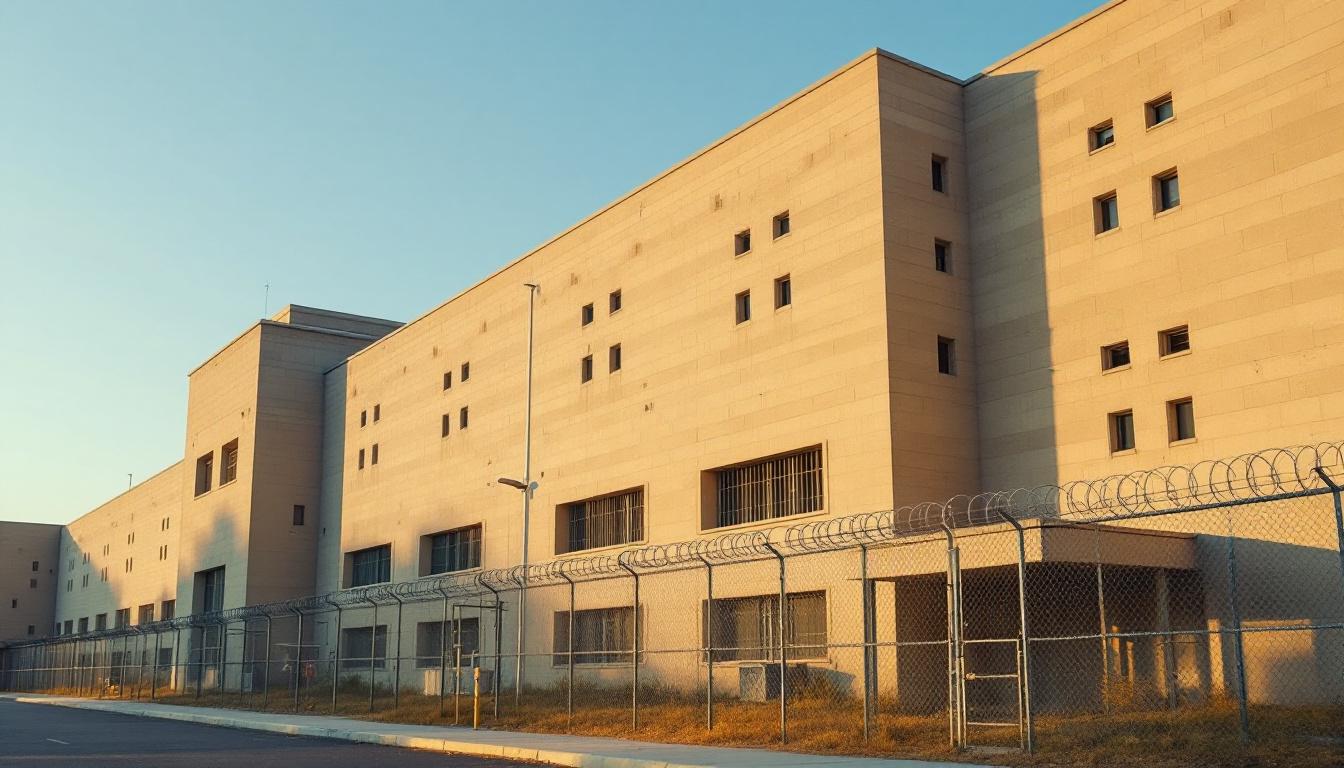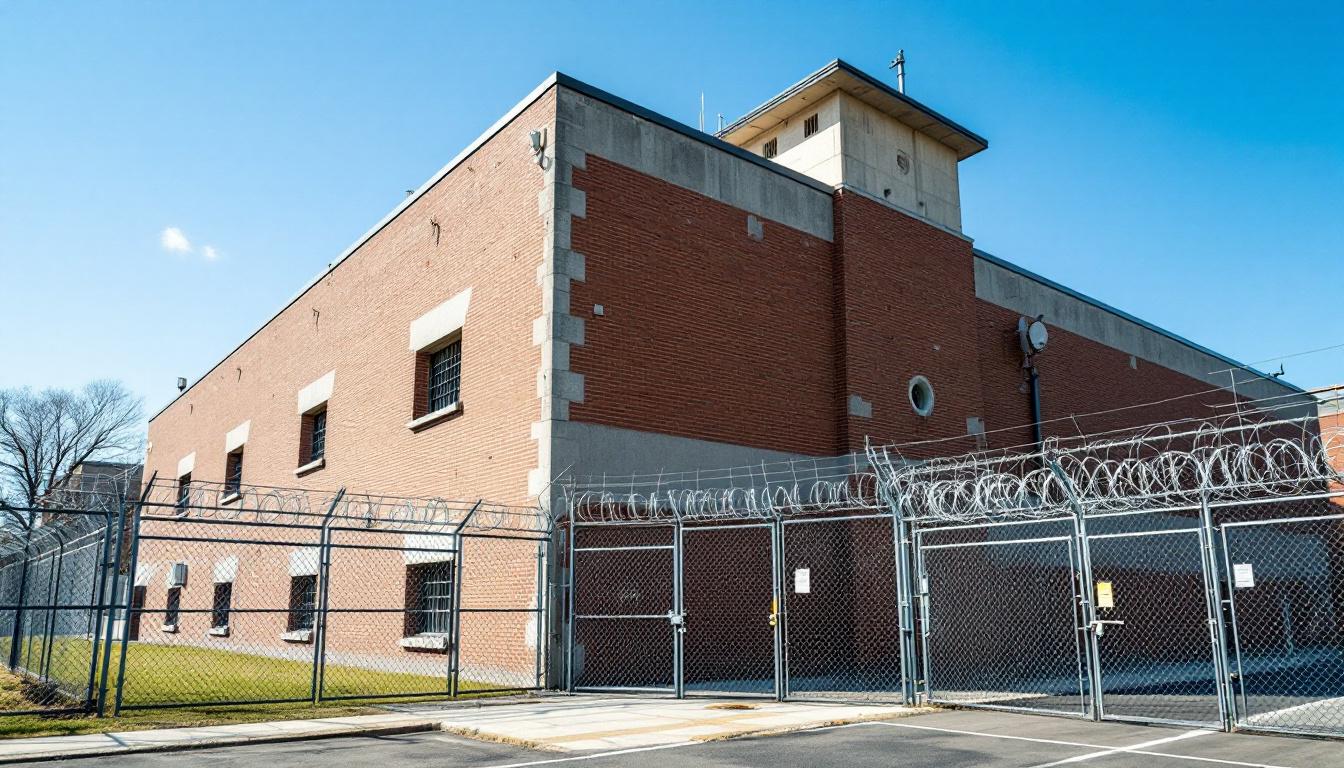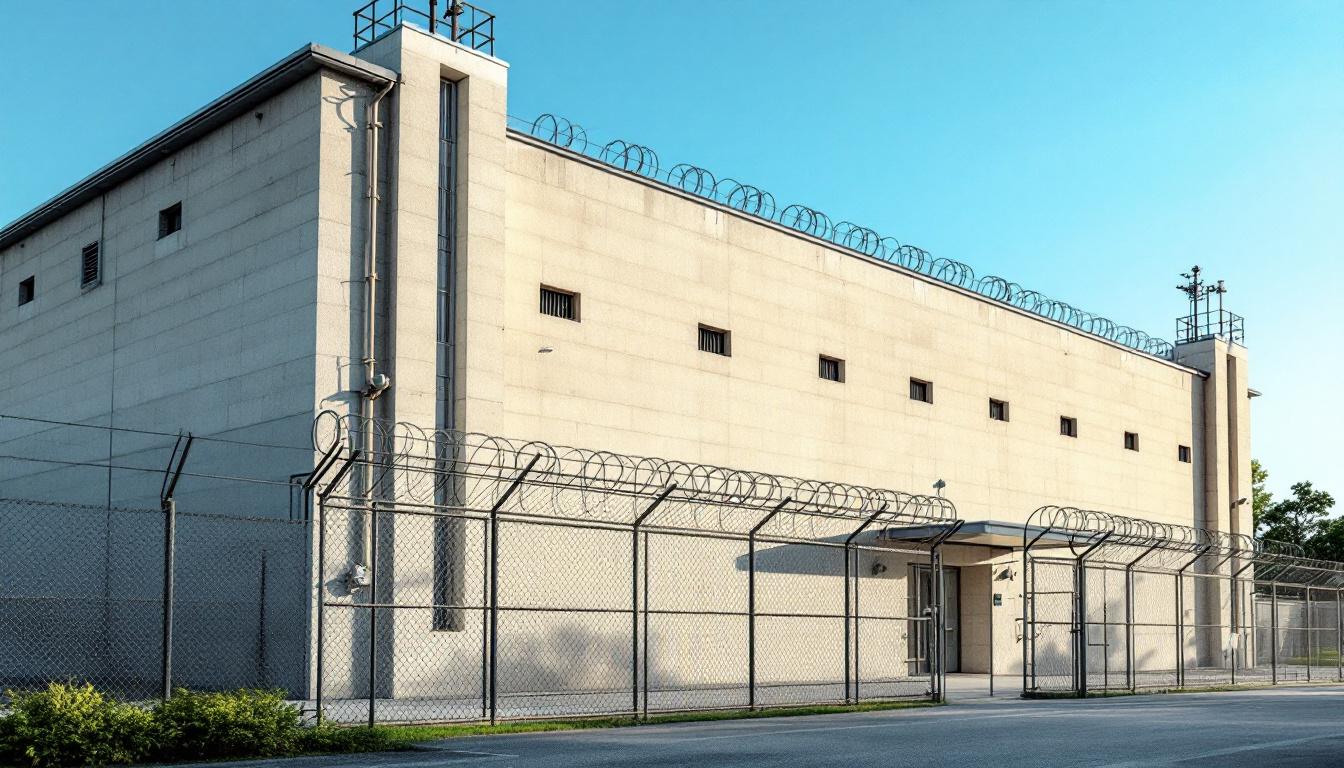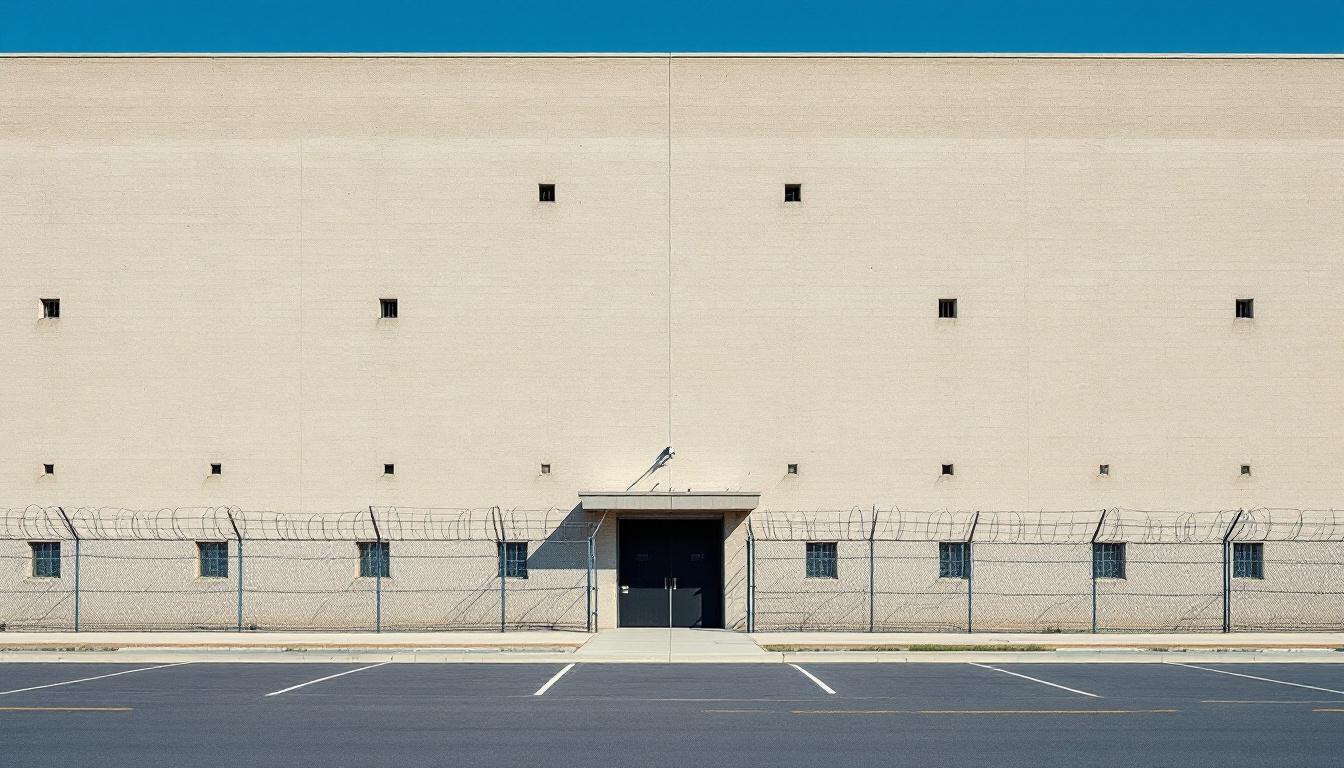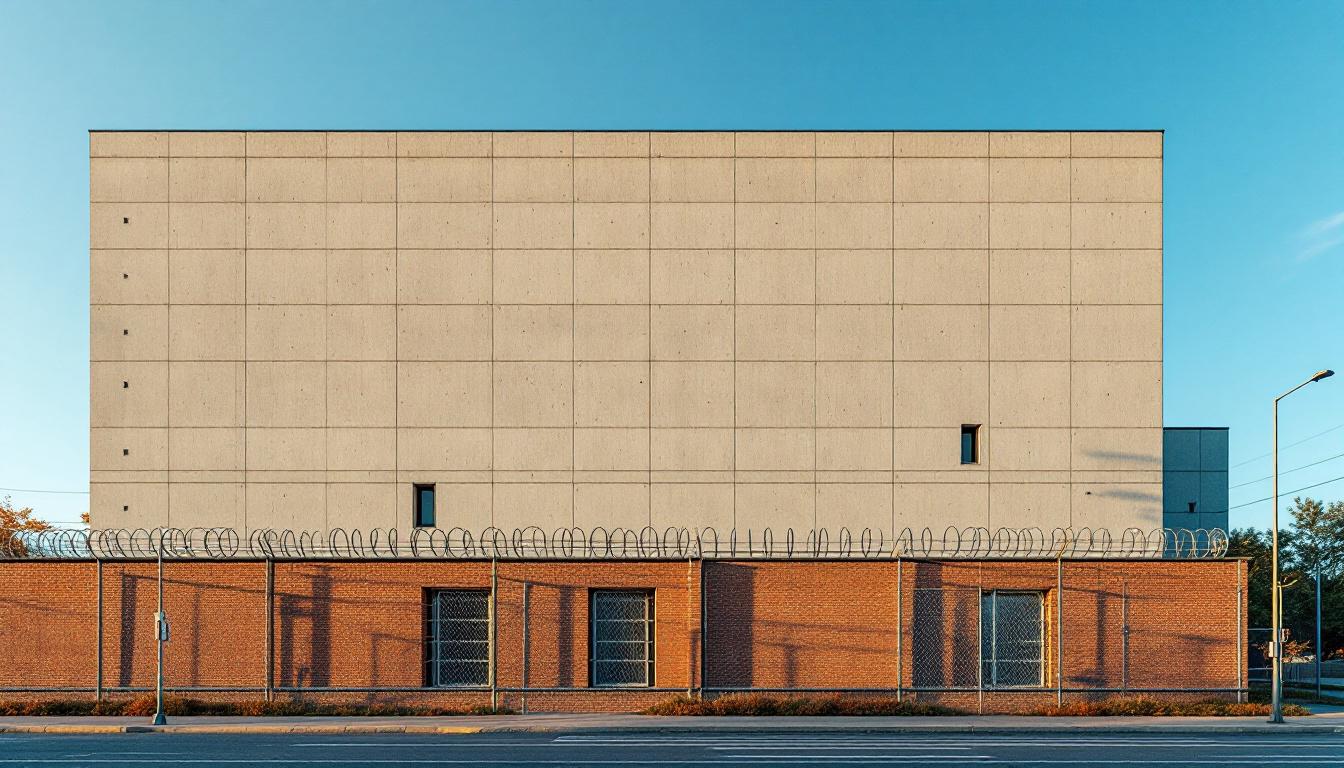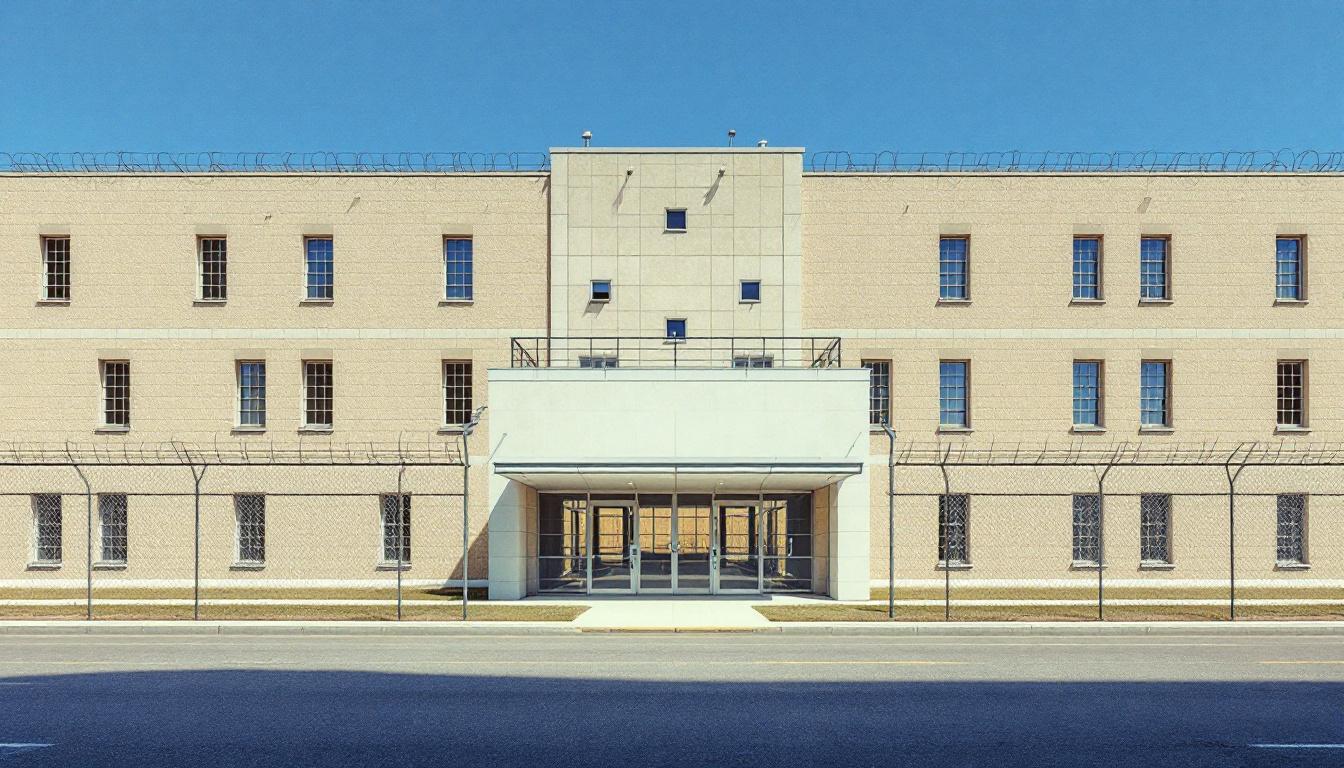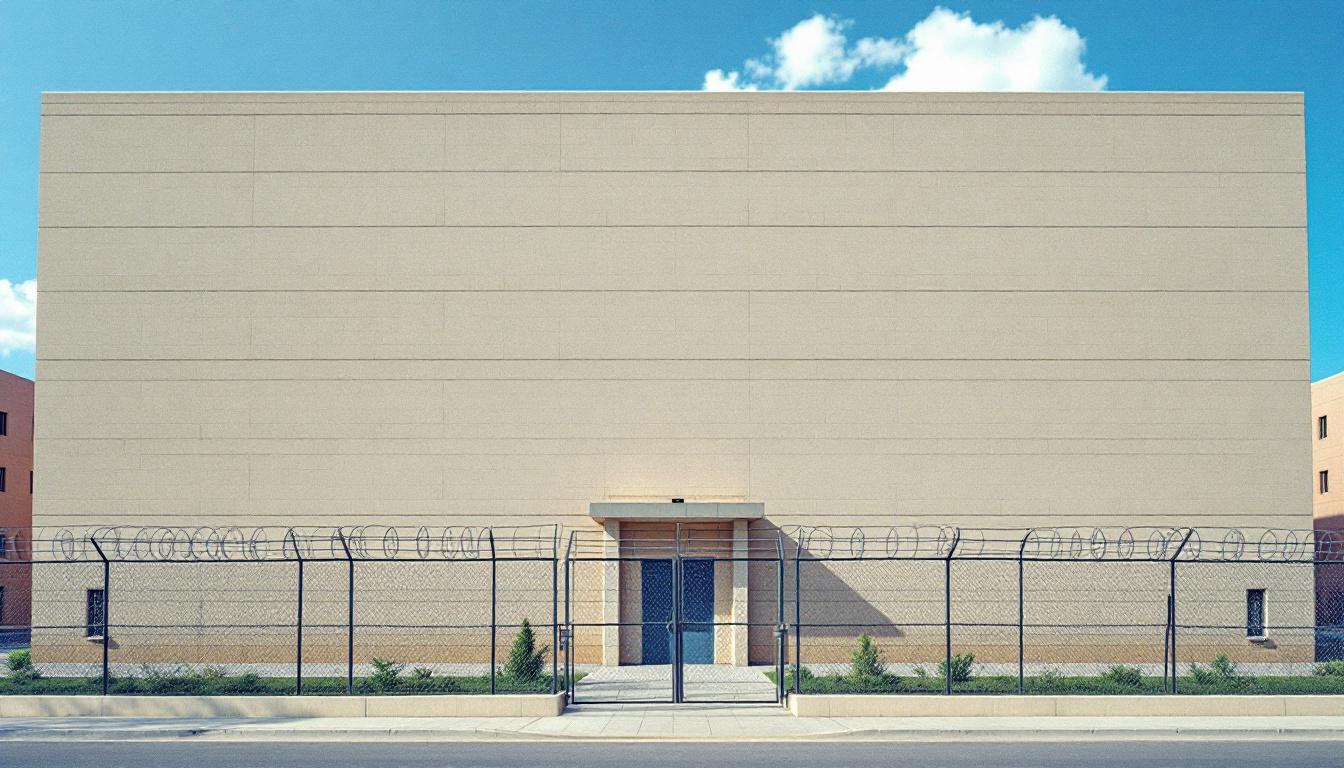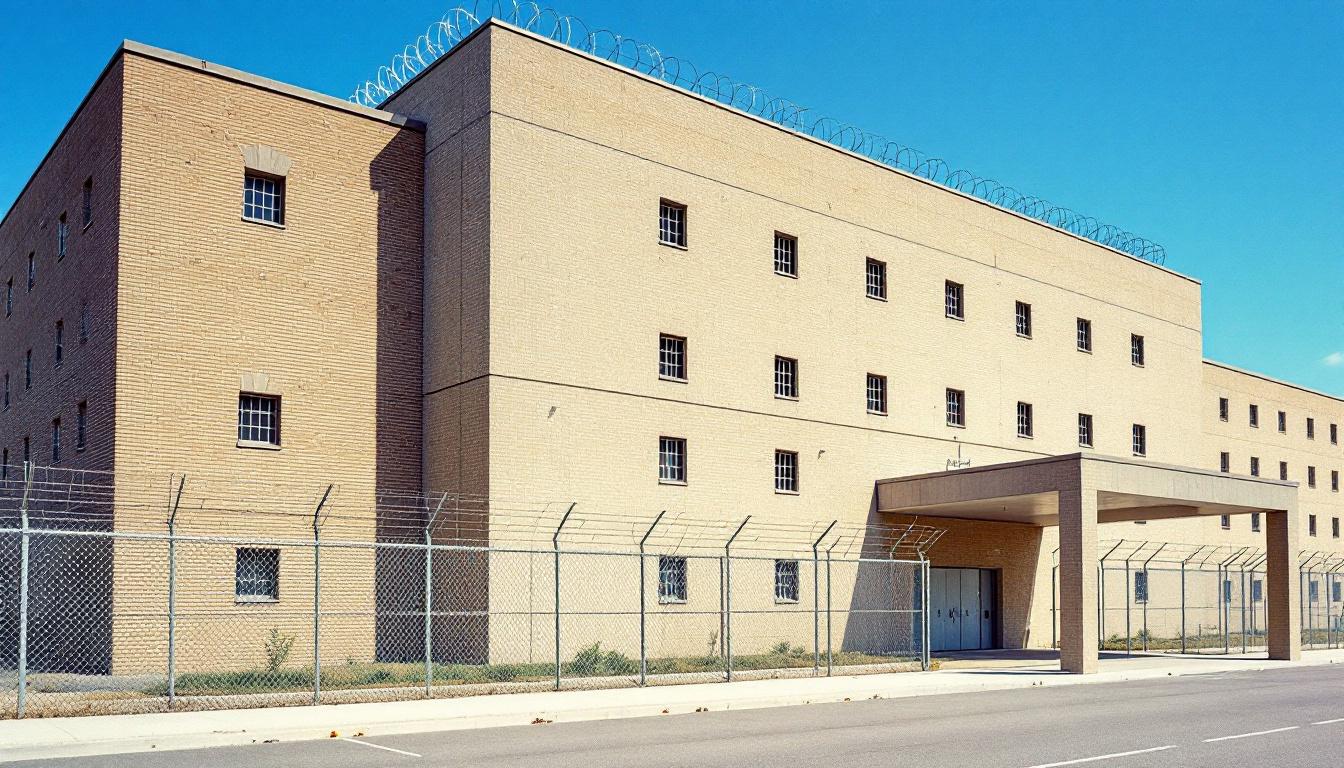
Quick Navigation
How to contact an inmate at Brevard County Jail
This comprehensive guide will walk you through how to connect with an inmate at Brevard County Jail. Follow the steps below to find an inmate and send letters and photos:
- Search for the inmate using our search tool below
- Create your account or log in to Penmate
- Write your message (up to 6,000 characters)
- Send instantly - inmates receive printed copies daily
Find an Inmate
Search for an inmate to start communicating today
Tip: You can search by first name, last name, or inmate ID number
To contact a person at Brevard County Jail start by searching for the person on the official facility website. Perform a search by following these steps:
- Step 1: Enter their first name and last name into the search form and click "Search"
- Step 2: Locate their inmate record
- Step 3: Write down their Inmate ID and any housing information provided
Important! Be sure to enter the person's full name. Nicknames should not be used.
How to Send Messages to Inmates

You can use your phone or computer to send emails, letters, and photos to an inmate. Messages are sent electronically to inmate tablets or kiosks at the facility. If you would like to send a message, start by searching for an inmate at Brevard County Jail.
Sending Photos and Postcards

A great way to send love and support to a loved one at Brevard County Jail is to send photos and postcards. It only takes a few minutes to send photos from your phone and it makes a huge difference. You can also mail postcards with words of support and inspiration, or design your own postcard for special moments like birthdays and holidays.
Important! Be sure not to send any explicit photos or they may not be approved by the facility. You can also use a photo printing app like Penmate to make sure your photos are printed at the correct size (4x6 or 3x5) and are mailed according to the rules and regulations of Brevard County Jail.
Frequently asked questions about Brevard County Jail
-
How long does it take to deliver a message?
If you're sending an email message your letter is usually delivered within 24-48 hours. For messages sent via mail you should expect delivery within 3-7 days. All messages will need be approved by Brevard County Jail.
-
How much does it cost to send a message to Brevard County Jail?
You can send a message free using your phone or mail a message via USPS for the price of a $0.60 stamp and envelope. You can also purchase credits or e-stamps from services starting at $1.99.
-
What services can I use to contact an inmate at Brevard County Jail?
Penmate
You can use Penmate to send letters and photos to an inmate from your phone. It's an easy way to stay in touch during your loved one's incarceration. Use the inmate locator to find an inmate's location and contact information, then you can send messages within a few minutes.
Securus messaging
Securus may be another option for communicating with an inmate at Brevard County Jail. You can create a friends and family account and purchase credits to send messages. All messages will be reviewed and must be approved by the facility.
JPay
Some county jails and state prisons may support sending messages with JPay. You must register an account with the system, find your loved one, and purchase stamps to send messages. For some locations you can also attach photos.
Smart Jail Mail
You may also check if Smart Jail Mail is available at Brevard County Jail. Smart Jail Mail is operated by Smart Communications and has contracted with some state and county jails. After purchasing credits, your messages and photos are sent to the facility, printed out, and then handed out to your loved one.
-
What is the mailing address of Brevard County Jail?
Mailing address:
Brevard County Jail
860 Camp Rd
Cocoa, FL 32927
Phone: (321) 690-1500Business hours:
- Monday: 8:00 AM – 7:30 PM
- Tuesday: 8:00 AM – 7:30 PM
- Wednesday: 8:00 AM – 7:30 PM
- Thursday: 8:00 AM – 7:30 PM
- Friday: 8:00 AM – 7:30 PM
- Saturday: 8:00 AM – 7:30 PM
- Sunday: 8:00 AM – 7:30 PM
-
What are the visiting hours at Brevard County Jail?
Visiting hours at Brevard County Jail vary by housing unit and security level. Generally, visits are scheduled on weekends and holidays, with some facilities offering weekday visits. Contact the facility directly at (321) 690-1500 or check their website for the current visiting schedule. Visits typically last 30-60 minutes and must be scheduled in advance.
-
What items are prohibited when sending mail to Brevard County Jail?
Prohibited items typically include: cash, personal checks, stamps, stickers, glitter, glue, tape, staples, paperclips, polaroid photos, musical or blank greeting cards, hardcover books, magazines with staples, and any items containing metal or electronics. Only send letters on plain white paper with blue or black ink. Photos must be printed on regular photo paper (no Polaroids). Always check with Brevard County Jail for their specific mail policies.
-
How do I send money to an inmate at Brevard County Jail?
You can send money to an inmate at Brevard County Jail through several methods: 1) Online using JPay, Access Corrections, or the facility's approved vendor, 2) Money orders mailed directly to the facility with the inmate's name and ID number, 3) Kiosks located in the facility lobby, or 4) Over the phone using a credit or debit card. Fees vary by method, typically ranging from $2.95 to $11.95 per transaction.
-
Can I schedule a video visit with an inmate at Brevard County Jail?
Many facilities now offer video visitation as an alternative to in-person visits. At Brevard County Jail, video visits may be available through services like Penmate, Securus Video Connect, GTL, or ICSolutions. Video visits typically cost $10-20 for 20-30 minutes and must be scheduled in advance. You'll need a computer or smartphone with a camera and reliable internet connection. Contact the facility for their specific video visitation policies and approved vendors.
-
What identification do I need to visit an inmate at Brevard County Jail?
All visitors must present valid government-issued photo identification such as a driver's license, state ID, passport, or military ID. Minors must be accompanied by a parent or legal guardian who can provide the minor's birth certificate. Some facilities require visitors to be on the inmate's approved visitation list, which may require a background check. Contact Brevard County Jail for specific ID requirements and visitor approval procedures.
-
How can I find out an inmate's release date?
To find an inmate's release date at Brevard County Jail, you can: 1) Use the online inmate search tool if available, 2) Call the facility's records department, 3) Contact the inmate's case manager or counselor, or 4) Have the inmate provide this information during a call or visit. For privacy reasons, some facilities only release this information to immediate family members.
Facility Overview
Official Website

About Brevard County Jail
Serving the communities throughout central Florida, Brevard County Prison in Seminole operates as a vital component within the state's broader correctional network, where collaborative partnerships between staff, community organizations, and families work together to support both public safety and individual rehabilitation. This FL correctional facility typically emphasizes a multi-faceted approach that recognizes the interconnected nature of successful reentry, often incorporating educational opportunities, vocational training programs, and mental health services that may help prepare inmates for their eventual return to society. The facility generally maintains connections with local community groups and service providers, understanding that effective rehabilitation often extends beyond the prison walls through coordinated support systems.
Located in Seminole, the state prison draws from Florida's established framework for correctional operations while adapting to serve the specific needs of its inmate population and surrounding communities. Inmates services commonly include basic educational programming, substance abuse counseling, and work assignments that may provide practical skills development. The facility typically operates within Florida's standardized correctional protocols while maintaining the flexibility to address individual circumstances through case management and classification processes. Family visitation programs and communication services generally aim to preserve important relationships that research suggests can be crucial factors in successful community reintegration, reflecting the collaborative approach that recognizes rehabilitation as a shared community responsibility rather than an isolated institutional process.
Programs & Services
Personal transformation serves as the cornerstone of rehabilitative services at Brevard County Prison, where inmates encounter comprehensive opportunities designed to address the multifaceted challenges that contribute to recidivism. The facility's approach recognizes that meaningful change requires more than mere incarceration; it demands structured intervention that addresses educational deficits, substance dependencies, and the development of essential life skills. Through carefully coordinated service delivery, the institution typically provides inmates with pathways toward self-improvement that extend far beyond their period of confinement.
Educational services form the foundation of the facility's rehabilitative framework, offering inmates opportunities to complete their high school equivalency credentials and participate in vocational training programs. These academic initiatives may provide instruction in practical trades and technical skills that align with local employment markets, enabling participants to develop marketable competencies. The educational component often includes basic literacy and numeracy instruction for those requiring foundational support, while more advanced learners may access college-level coursework through distance learning arrangements with regional educational institutions.
Furthermore, the facility's support services encompass work release opportunities that allow eligible inmates to maintain employment in the community while serving their sentences, facilitating a gradual transition back into society. Substance abuse treatment services typically address the underlying addiction issues that frequently contribute to criminal behavior, utilizing evidence-based therapeutic approaches delivered by qualified counselors. Additional support may include transitional planning assistance, healthy relationship counseling, and physical fitness programs that promote overall wellness and stress management, collectively creating a comprehensive network of resources designed to support long-term behavioral change and successful community reintegration.
Daily Life & Visitation
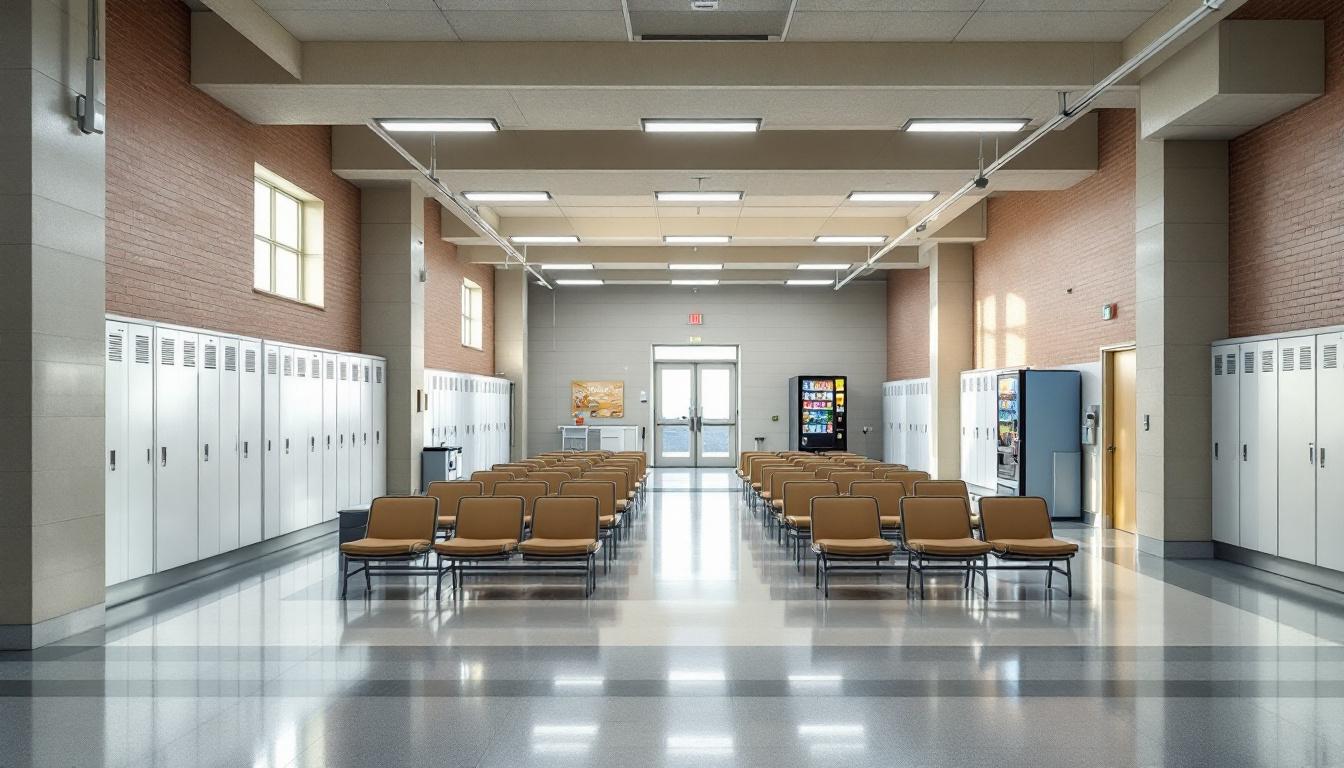
Behind the secure perimeter of this central Florida correctional facility, inmates navigate a highly structured environment where concrete walls, steel doors, and reinforced windows define the physical boundaries of their daily existence. The institutional setting, with its regimented layout of housing units, common areas, and administrative buildings, creates a controlled atmosphere where inmates now adapt to predictable routines that provide essential structure to their days. Wake-up calls typically occur in the early morning hours, followed by head counts that regularly punctuate the schedule, while inmates move through designated areas for meals, work assignments, and programming activities under careful supervision.
Furthermore, the living accommodations within the facility generally consist of shared cells or dormitory-style housing units, where inmates typically store their limited personal belongings in designated areas and maintain their living spaces according to established cleanliness standards. The dining arrangements usually involve scheduled meal times in common areas, where inmates receive nutritionally planned meals that often reflect institutional food service standards. Although the physical environment may initially seem overwhelming to new arrivals, most inmates gradually develop coping strategies and establish routines that help them adapt to the confined living conditions, often forming supportive relationships with fellow inmates who understand the challenges of incarceration.
The facility typically provides various recreational opportunities, including outdoor exercise periods and indoor activities that may offer inmates chances to maintain physical fitness and engage in structured leisure time. Work assignments generally include maintenance duties, kitchen services, and other facility operations that provide inmates with daily responsibilities and potentially valuable job skills. Visitation policies usually allow for regular family contact through scheduled visits, while communication options may include monitored phone calls and correspondence that help inmates maintain important connections with loved ones on the outside. These programs and activities, combined with educational or vocational training opportunities that are often available, provide inmates with constructive ways to spend their time while serving their sentences and preparing for eventual reintegration into the community.
Ready to Connect?
Start communicating with your loved one today
Search for an Inmate
